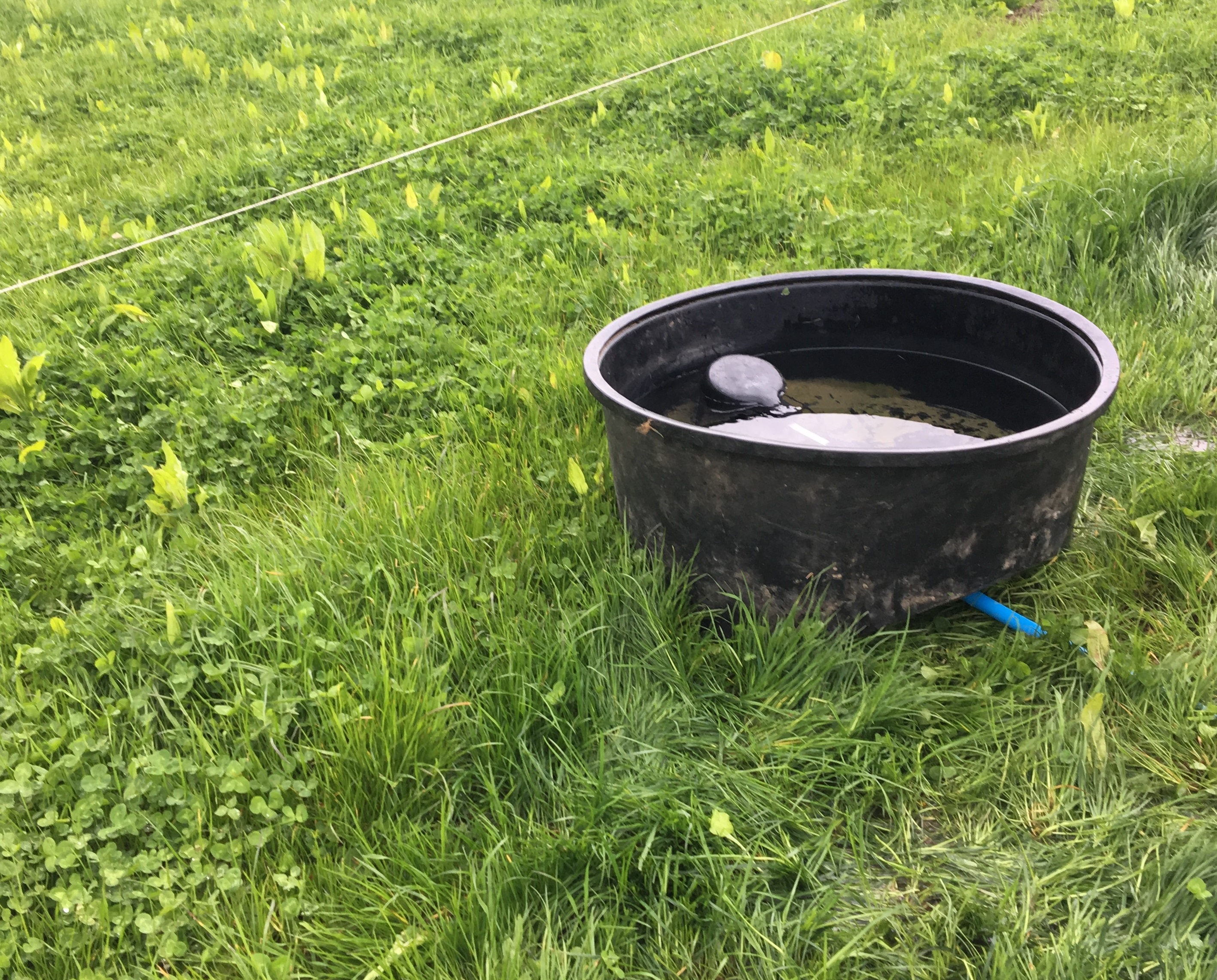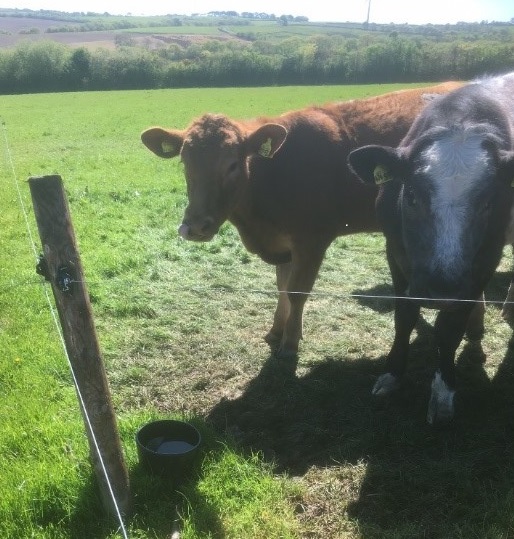- Home
- Knowledge library
- Water supplies, tracks and roadways for rotational grazing cattle
Water supplies, tracks and roadways for rotational grazing cattle
Welcome to the rotational grazing system series for suckler producers. This section focuses on investing in water supply, tracks and roadways.
Investing in water supplies
Access to water in each grazing division is essential. Ideally, every paddock should have a permanent water supply. Placing troughs across fences or in the hedge of smaller fields reduces the number required. Water troughs in the centre of the paddock allow for them to be accessed from multiple splits.

Credit James Evans
The first step is to assess the current infrastructure to see if additional troughs or pipes are required. Tip: mark them on a map to see if fields could be split in different ways to ensure current infrastructure can be used.
Flow rate needs to be assessed to ensure adequate supply, with larger troughs able to compensate for poor flow rate at peak drinking time.
Aim for a flow rate of 16 - 22 litres per minute.
Flow rate is influenced by water source, whether pumps are used, pipe size and if the ballcock is overly restrictive. If fed from a mains or private potable water supply, a non-return valve needs to be used.
If assessing current or planning future trough requirements, Teagasc suggests:
- A water intake of 10–15 litres per 100 kg of body weight per day
- A trough capacity requirement of 5–7 litres per livestock unit
- Stock don’t like to walk more than 250 metres to get a drink
The area around the trough should be able to take a lot of traffic to avoid poaching and provide adequate access to avoid bullying of young or timid animals.
Alternatively, water troughs can be fitted with a long length of water piping and the water trough can be moved between grazing areas. This approach works well for summer grazing systems, but there is a risk of frost during the winter months.
You can use mobile water equipment in paddock systems, which can be easy and quick to move and connect. Make sure that the group size is matched to the capacity of the water equipment. Some of the equipment can’t be used from main or private potable supplies as backflow of contaminated water is possible, unless additional kit is added in to provide a non-return valve.

Alternative watering systems can be an option for grazing livestock at remote sites, such as the gravity filled water bowl (pictured above).
Credit Bob and Liz Priest
Tracks and roadways
Tracks and roadways allow cattle to be grazed for longer at the start and the end of the season. Tracks can offer multiple exits to and from paddocks to reduce poaching and allow for on/off grazing.


